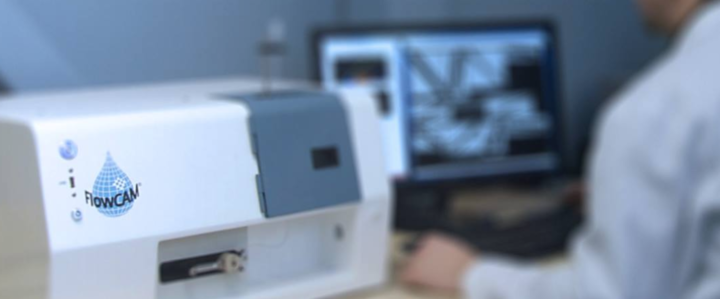Aug 3 2017
Norway’s Grieg Seafood has bought three particle analysis cameras from a US company for use in its salmon farming operations in Canada and the UK, reports Environment Coastal & Offshore.
 Credit: https://www.undercurrentnews.com/
Credit: https://www.undercurrentnews.com/
The company will deploy the “FlowCam” cameras from US supplier Fluid Imaging Technologies, based in Scarborough, Maine, in its farms in British Columbia and Scotland, in order to monitor future algal blooms.
In 2016, 23 million salmon died from algal bloom in Chile, with an economic cost estimated to have been $800 million.
Historically, Grieg has used manual microscopy to identify and count algae to determine if there was a need to employ mitigation strategies. On any given day, there could be upwards of 100 species of algae, and using manual microscopy can be like trying to find a needle in a haystack. The quality of the analyzed data is not consistent, and the process is prone to error.
“HABs [harmful algal blooms] move quickly,” said Dean Trethewey, seawater production director at Grieg. “The ocean is an ever-changing environment; for us it is not a matter of if we see HABs, but when. HABs can have an impact on our stocks causing reduced feed rates and even mortality. As climate change identifies increasing algae species, we need to adapt to this new environment more quickly.”
According to Harry Nelson, vice president of aquatic markets at Fluid Imaging, Norway's Marine Harvest and Cermaq Group are also using the cameras in their operations in British Columbia.